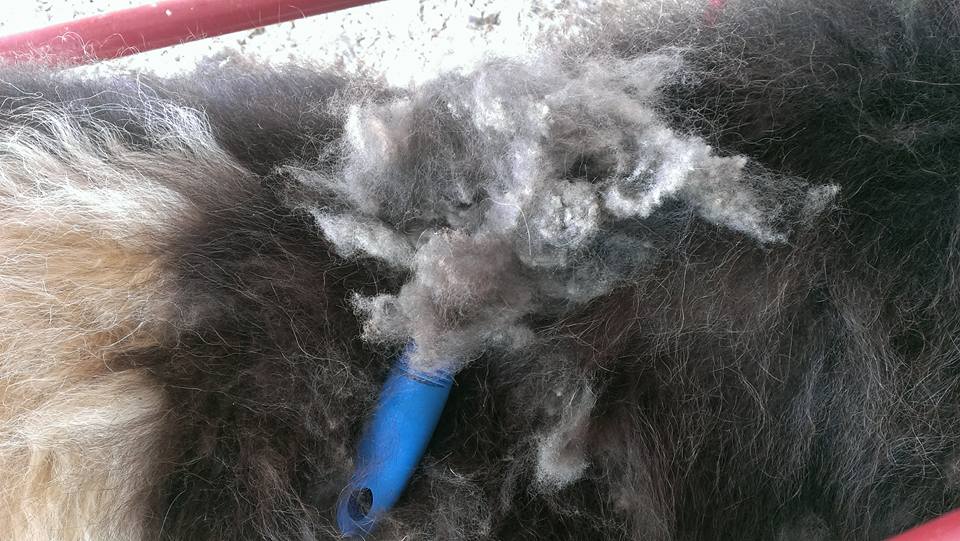
by Kat Tylee
Little Hawk Yarns Yak Study
After having the opportunity to judge yak fiber at the National Western Stock Show in 2020, I went searching for definitive information about yak fiber characteristics. There was little to be found, other than a few articles stating that yak down fiber runs between 15-19 microns and often compares the fiber to cashmere. That was it – no distinction between colors, breeding, gender, environment, nutrition, or animal health. The wool and cashmere industry benefits from research dating back to 1911 or earlier. The lack of information on yak fiber made me realize that someone needed to collect the data, and I decided to be that someone. In order to do that, I need fiber samples, and I have designed a scientific study to develop the data on yak fiber. Specifically, the goal is to do a four-year study (2020-2023) to measure the diameter and to obtain a full histogram of the fiber of at least one hundred yaks from the yak herd in the United States. This is the information that is needed if we are to be able to compare yak fiber with the fiber of other fiber-producing species. It is the fundamental marketing information needed in order to successfully market yak fiber.
I am looking for a minimum of one hundred unique fiber samples that I will be able to follow for a year or more. This is why I am soliciting the help of the USYAKS Association. As spring 2021 approaches and you start to comb your yaks for fiber, I am asking you to gather samples from as few or as many yaks as you want, and mail the samples to me. I don’t need a lot of fiber from each yak. A two-inch section from the hump/shoulder area put into a snack-sized baggie is about right. It’s important for me to see it just as it is combed from the animal. These first samples will be my baseline for the rest of the study. As the study progresses, more questions will arise, but my initial questions will be: What are the actual microns of the combed yak fiber as it comes off the animal? Do these measurements confirm information in current publications?
After gathering the initial data, my plan is to continue to follow these animals year-to-year, when possible, to see how fiber is affected by a number of different variables like the ones mentioned above (gender, nutrition, climate, etc.). Consequently, I would prefer samples from yaks not slated for butcher, since it wouldn’t be possible to obtain fiber samples from them the following year. However, if you do gather fiber from yaks slated to be butchered, please note that on the information sheet that is submitted with the fiber.
In addition to supporting this study by providing fiber samples there are several ways you can help:
- Spread the word about the study through social media and word of mouth to other yak owners.
- Support the study by paying for shipping and fiber testing on your fiber.
If you would like to participate in the study, please complete the Yak Fiber Testing Form and send the form with the collected fiber samples to:
Kat Tylee
1409 SE Hamilton Street
Roseburg, OR 97470
THANK YOU!
Sample Collection Instruction:
Collect fiber by combing. Fill a snack-sized baggie with fiber from each yak. Label each bag so the yak can be identified with the correct yak listed on the Fiber Testing Form. Questions may be directed to Kat Tylee:
Email: info@littlehawkyarns.com
Call/Text: 308-225-0822
Little Hawk Yarns Website: www.littlehawkyarns.com
SAMPLE FIBER PHOTOS

Micron count unknown
This fiber will be used as a comparison in data collection

Average Micron: 16.9 Comfort Factor: 100% Staple length: 25 mm

Average Micron: 36.7 Comfort Factor: 29.2% Staple Length: 20 mm

